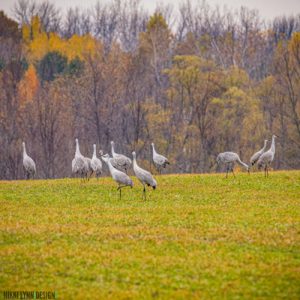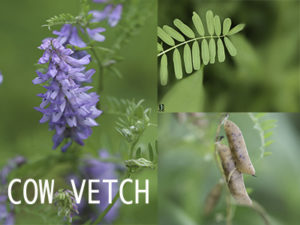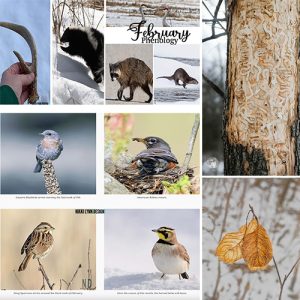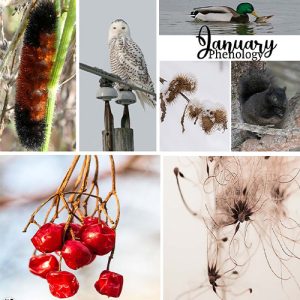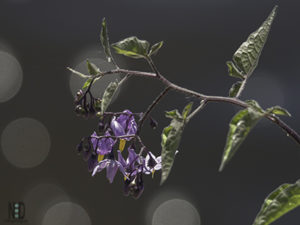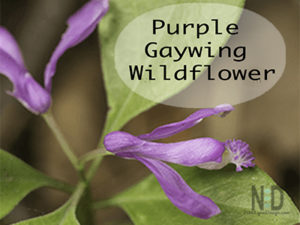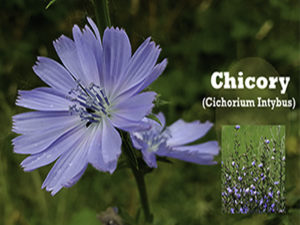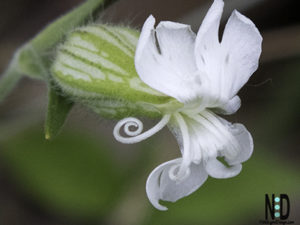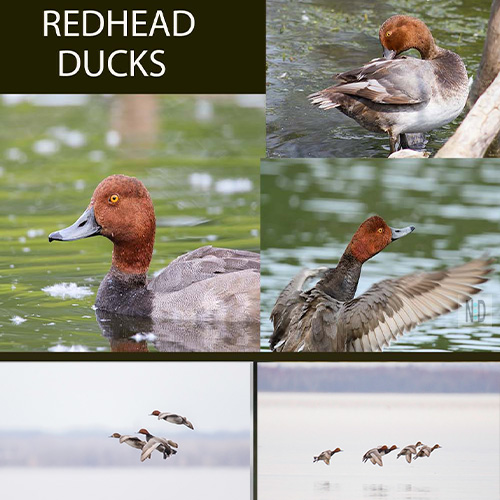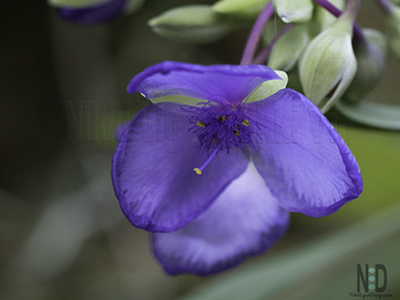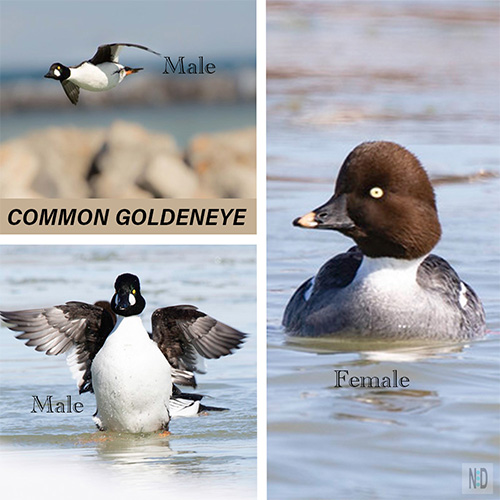Poison Ivy in Wisconsin: Two Different Types
Poison ivy (Toxicodendron radicans) – the mere mention of its name is enough to send shivers down the spine of outdoor enthusiasts and gardeners alike. Found abundantly across various landscapes, this plant is renowned for causing skin irritation and discomfort upon contact. In Wisconsin, understanding the whereabouts and characteristics of poison ivy is crucial for avoiding unwelcome encounters. Join me as we explore the nuances of poison ivy in Wisconsin, uncovering its habitats, seasonal presence, and different types.
After a long winter, people enjoy getting out and enjoying the warmer weather. When poison ivy is just starting to show its leaves, many people walk through it and transfer the oils onto their shoes.
Know Your Foe – Identifying:
Before delving into its habitat and seasonal patterns, let’s familiarize ourselves with the distinguishing features of poison ivy. This vine or shrub can take various forms, ranging from a low-growing ground cover to a climbing vine or a bushy shrub. However, regardless of its growth habit, poison ivy shares several identifying traits:
- Leaves of Three, Let It Be: One of the most well-known ways to identify poison ivy is its compound leaves, which typically consist of three leaflets. These leaflets can vary in shape, ranging from smooth-edged to lobed or toothed. The center leaflet is larger than the two lateral ones.
- “Hairy” Situation: While the leaves may appear smooth, the stems and veins have a slightly hairy or textured appearance. This characteristic can help differentiate poison ivy from similar-looking plants.
- Color Variations: Depending on the season and environmental conditions, the color of poison ivy leaves may range from vibrant green to reddish or orange hues in the fall.
Habitat and Distribution:
In Wisconsin, poison ivy can be found in a variety of habitats, from woodlands and forests to open fields, roadside edges, and even urban areas. This adaptable plant thrives in diverse soil types and light conditions, making it present across the state. Whether you’re exploring nature trails, hunting down wildflowers, tending to your garden, or simply enjoying outdoor activities, it’s essential to remain vigilant and watchful for signs of poison ivy.
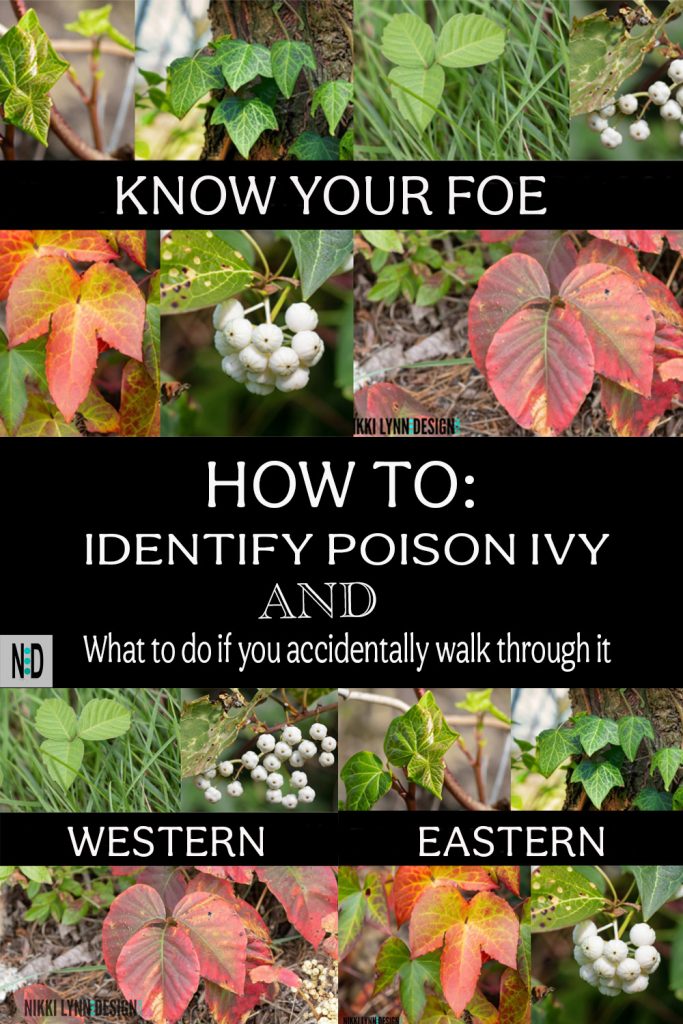
“Dealing with poison ivy is like playing a game of ‘Where’s Waldo?’ but with an itchy twist.”
Nikki
Seasonal Presence: When to Beware
Poison ivy in Wisconsin follows a seasonal cycle, with its presence and visibility influenced by changing environmental conditions. While the plant remains dormant during the winter months, emerging foliage signals the onset of spring and the potential for encounters. Here’s a general timeline of poison ivy activity in Wisconsin:
- Spring: As temperatures rise and vegetation awakens from dormancy, new leaves begin to unfurl on poison ivy plants. This period marks the start of heightened awareness for outdoor enthusiasts, gardeners, and anyone venturing into natural areas.
- Summer: Poison ivy thrives during the summer months, often reaching its peak growth and spreading vigorously across the landscape. Vigilance is key during this time, as lush foliage can conceal the plant’s presence.
- Fall: Foliage transforms, displaying vibrant shades of red, orange, and yellow before the onset of winter. While the plant’s leaves may wither and fall, its toxic resin remains potent, posing a risk to unsuspecting individuals.
Types of Poison Ivy in Wisconsin: Unraveling the Variants
In addition to the classic poison ivy species (Toxicodendron radicans), Wisconsin is also home to two closely related species. The eastern poison ivy (Toxicodendron radicans var. radicans) and western poison ivy (Toxicodendron radicans var. rydbergii).
Eastern Poison Ivy
(Toxicodendron radicans var. radicans)
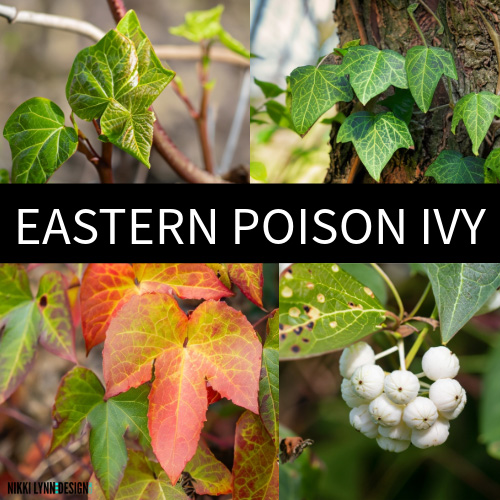
Where It Can Be Found
Eastern poison ivy is widespread throughout Wisconsin and can be found in a variety of habitats, including:
- Forests and woodlands.
- Fields and meadows.
- Along riverbanks and streams.
- Disturbed areas such as roadsides and edges of trails.
- Urban and suburban landscapes, including parks and gardens.
Additional Information
- Leaf Characteristics: Leaves arranged in clusters of 3 leaflets along stem. Typically has shiny, smooth-edged leaflets with pointed tips. The leaflets can vary in size but are often larger in the center.
- Growth Habit: Can grow as a vine climbing on trees, fences, or structures, or as a low shrub in open areas.
- Appearance of Berries: Produces white to grayish berries in late summer or fall, which are a food source for birds.
- Leaf Coloration: Leaves can vary from green to reddish in the fall.
Images of Eastern Poison Ivy
Western Poison Ivy
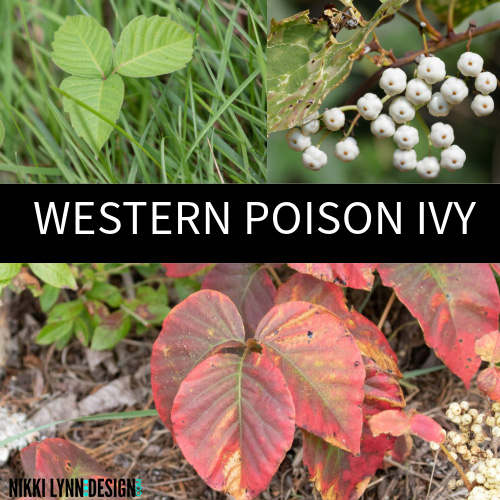
Where It Can Be Found
Western poison ivy is less common in Wisconsin compared to eastern poison ivy. It is typically found in specific habitats, including:
- Open woodlands and forest edges, especially in western and southwestern parts of the state.
- Areas along rivers, creeks, and streams, particularly in areas with moist soils.
- Dry and rocky habitats in some parts of western Wisconsin.
Additional Information
- Leaf Characteristics: Can have leaves with three or five leaflets. Leaflets often being more symmetrical and less lobed compared to eastern poison ivy.
- Growth Habit: grows as a vine or low shrub, adapting to habitats such as forests, grasslands, and riparian areas.
- Appearance of Berries: Produces yellow to greenish-white berries, also eaten by birds.
- Leaf Coloration: Leaves also exhibit color changes in the fall, ranging from green to reddish or yellowish.
Images of Western Poison Ivy
“Leaves of three, let them be; if it’s shiny, watch your hiney!”
Nikki
Come In Contact With Poison Ivy?
If you accidentally walk through poison ivy, it’s essential to take prompt action to minimize the risk of developing a rash or allergic reaction. Here’s what you should do:
- Act Quickly: As soon as you realize you’ve come into contact with poison ivy, try to remove the urushiol oil from your skin promptly. The longer the oil remains on your skin, the greater the chance of developing a rash.
- Wash with Soap and Water: Use plenty of soap and lukewarm water to wash the affected area. Be sure to scrub gently but thoroughly to remove traces of the urushiol oil from your skin. Avoid using hot water, as it can open your pores and allow the oil to penetrate deeper.
- Clean Clothing and Gear: If your clothing or any items you were wearing or carrying may have come into contact with poison ivy, wash them thoroughly as well. Urushiol oil can linger on fabrics and surfaces, causing re-exposure.
- Avoid Touching Other Parts of Your Body: Be mindful not to touch other parts of your body, especially sensitive areas like your face and eyes, after coming into contact with poison ivy. Doing so can spread the urushiol oil and increase the risk of a reaction.
- Apply Calamine Lotion or Hydrocortisone Cream: After washing, you can apply over-the-counter remedies like calamine lotion or hydrocortisone cream to the affected area. These products can help alleviate itching and discomfort associated with poison ivy rash.
- Take Antihistamines: If you experience itching or discomfort, you may consider taking an over-the-counter antihistamine to help relieve symptoms. Be sure to follow the dosage instructions provided on the medication packaging.
- Monitor for Symptoms: Keep an eye on the affected area for any signs of a reaction, such as redness, swelling, blisters, or severe itching. If symptoms worsen or persist despite home remedies, seek medical attention.
- Consult a Healthcare Professional: If you have a severe allergic reaction to poison ivy, such as difficulty breathing, extensive swelling, or a widespread rash, seek medical help immediately. In some cases, prescription medication or medical intervention may be necessary to manage symptoms effectively.
Remember, prevention is key when it comes to avoiding poison ivy exposure. Stay vigilant while outdoors, learn to recognize poison ivy and its relatives, and take precautions to minimize the risk of contact. If you do happen to come into contact with poison ivy, swift action can help promote a quicker recovery.
Conclusion: Navigating the Landscape of Poison Ivy Awareness
Whether hiking through wooded trails, tending to garden beds, or simply admiring nature’s beauty, let us tread cautiously, Knowledge is our best defense against running into poison ivy in Wisconsin.














